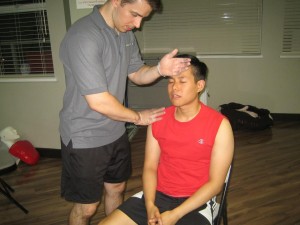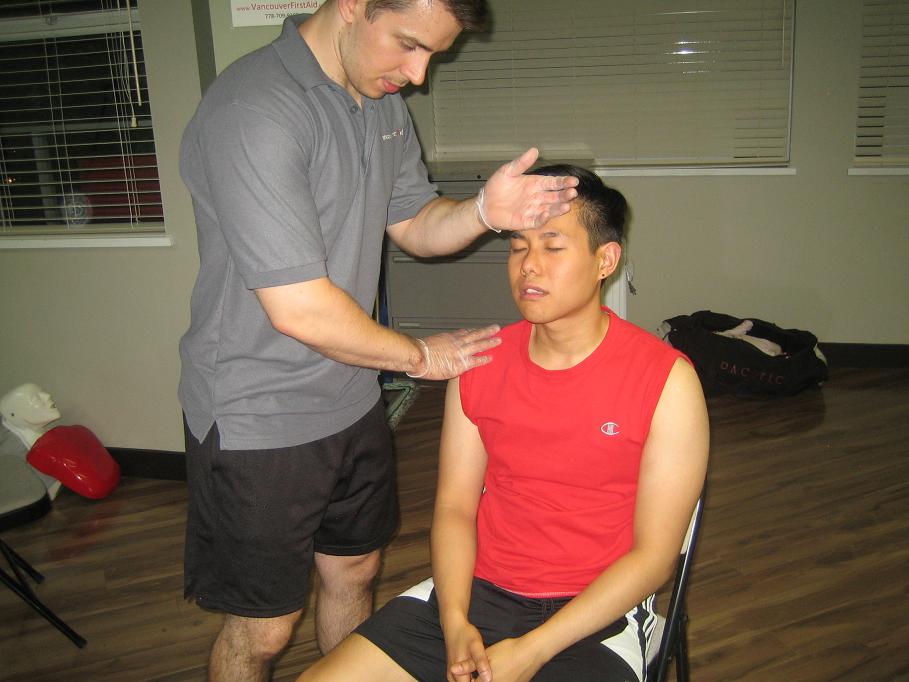Environmental emergencies are inevitable anywhere you go. These may be life and death situations cause by uncontrollable events in the environment. Temperature emergencies are one of the environmental emergencies that each should be cautious of. It may range in various degrees from mild to severe. Therefore, it would be necessary to know the first thing to be done in cases any of these events occur.
Heat-related emergencies
Heat cramps
The mildest form of heat-related illness is heat cramps. This is a painful muscle spasm, usually in the legs and abdomen that is often the first sign of heat problems. When this occurs, do the following:
- Move the person in a cool place or put an electric fan in front of the person.
- Hydration is the most important intervention. Give the person water, and/or electrolyte/carbohydrate-containing drink.
- Gently stretch the cramping muscle and massage the area.
- Avoid sodium-rich drinks as this may cause further hydration.
Heat exhaustion

Heat exhaustion is more severe than heat cramps, but less dangerous than heat stroke. This indicates that the body’s heat regulating mechanism is still working, but is already exhausted. It is usually manifested by weakness, dizziness, headache, and cool and moist skin.
- Move the person in a cool place or fan the person.
- Let him/her rest in a comfortable position.
- Remove or loosen clothing such as belts, buttons, necklaces, etc.
- Apply cool compresses to cool the patient. Remoisten the compress every 20 minutes.
- If the person is conscious, let the patient drink plenty of water, and/or electrolyte/carbohydrate-containing drink.
- Bring the patient to a health care facility if the person’s condition does not improve.
Heat stroke
Heat stroke is a life-threatening situation that requires immediate intervention. This is developed when the body’s heat regulating system is not adequately functioning anymore. An extremely high body temperature with altered mental status, dizziness, thirst, and other signs and symptoms of dehydration are the usual clinical manifestations.
- Call your local emergency number immediately for help.
- Immerse the person in cold water up to the neck to rapidly cool the body.
- Remove or loosen clothing as much as possible.
Cold-related emergencies
Hypothermia
Hypothermia is the lowering of the body’s core temperature to a point that it impairs the body’s ability to function. Children and elderly are at most risk for developing hypothermia. A wet and windy environment is enough to cause hypothermia. It is manifested by shivering, numbness, and altered mental status.
- If severe hypothermia is suspected, immediately call 911 before breathing eventually stops.
- Move the person to a warm place.
- If the person is wet, dry the person and remove the wet clothing.
- Wrap the person in blankets and plastic sheet.
- Place the person near heat sources or if conscious, let the person drink warm liquids.
Frostbite
Frostbite is the freezing of a body part that have been exposed to low temperature. Frostbite is dangerous because it may cause loss of body parts.
- Be careful in handling the affected area. Avoid rubbing severe frostbites to prevent further damage.
- Bring the patient in the nearest health facility.
- For minor frostbites, re-warm the affected area by applying a warm hand.
- If more severe, gently soak the affected area in a warm water not exceeding 1050 F for not more than 30 minutes.
- Cover the area with dry, sterile dressing.
References:
American Red Cross. First aid /CPR/AED Instructor’s manual. Retrieved on June 28, 2014 from http://mydigimag.rrd.com/display_article.php?id=1155405&_width=.

